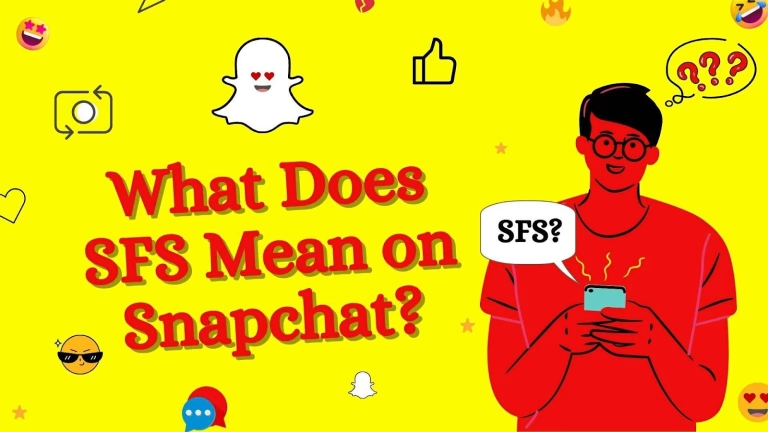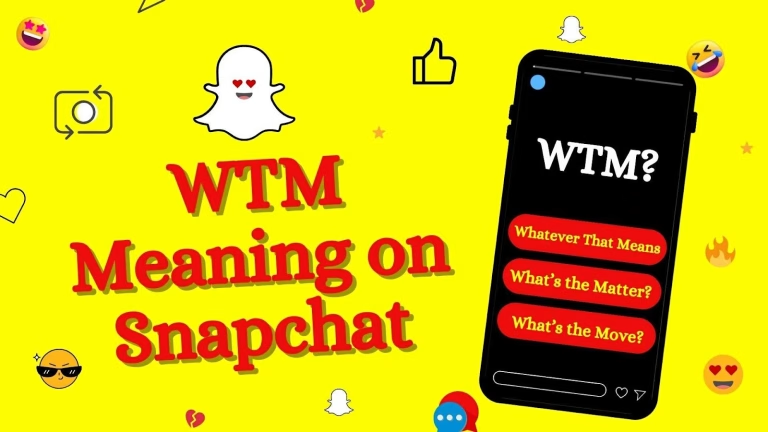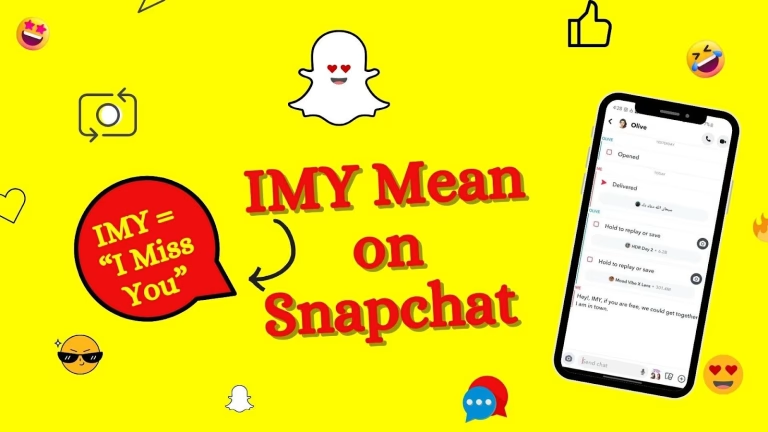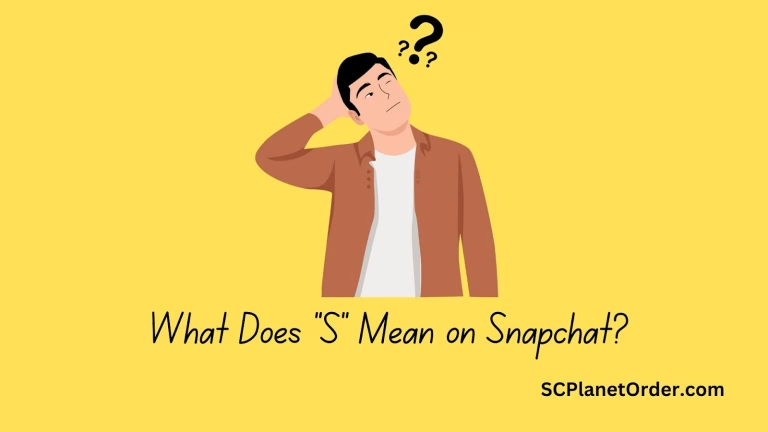What does TTM Mean on Snapchat?

If you’ve ever received a message saying TTM on Snapchat or in a text and weren’t sure what it meant, don’t worry, I’m here to help! TTM stands for “Talk To Me,” and it’s a simple way for someone to invite you to chat. If a friend says “TTM”, they might want to catch up, check in, or just have a conversation.
But TTM can have other meanings too, depending on the situation. It can mean “Text To Me” when someone prefers texting instead of calling or “Too Much to Tell” when they have a long story to share – kind of like decoding things such as the Snapchat Planet Order that pop up now and then.
In this guide, I’ll walk you through all the meanings of TTM, how people use it, and how to reply so you’ll never be confused again.
What Does TTM Mean in Text & Snapchat?
If you’ve seen TTM in a message and wondered what it means, you’re not alone! This popular acronym is widely used on Snapchat, Instagram, Facebook, and TikTok to encourage conversation.
At its core, TTM stands for “Talk To Me.” It’s a quick and casual way to invite someone to chat, whether you’re catching up, checking in, or just looking for some company.
People use TTM in different ways, such as:
- Starting a conversation: “Hey, TTM! It’s been a while.”
- Reconnecting after silence: “Haven’t heard from you in ages! TTM.”
- Checking on someone: “You seemed upset earlier, TTM if you need to talk.”
This phrase fits right into the informal, fast-paced nature of social media, making it easy to keep in touch with friends.
Other Meanings of TTM in Texting & Social Media
While “Talk To Me” is the most common meaning, TTM can stand for other things depending on the context. Here are a few alternative meanings you might come across:
- Text To Me – When someone prefers texting over calling.
- Example: “Busy right now, but TTM instead.”
- Too Much to Tell – Indicates that the person has a lot to say, often best shared in person or over a call.
- Example: “You won’t believe what happened today… TTM, it’s too much to text!”
- Time to Meet – Used when planning a meetup or coordinating schedules.
- Example: “We need to catch up! TTM and let’s plan something.”
These variations show how TTM can change meaning based on context, so always consider the conversation before assuming what it means.
Alternative Meanings of TTM in Business & Finance
While TTM is mostly used in casual texting, it has different meanings in the business and finance world. Here are the three most common ones:
1. Trailing Twelve Months (TTM)
In finance, TTM refers to a company’s financial performance over the past 12 months. It is often used in reports to analyze revenue, profit, or earnings.
For Example: “Our company’s TTM earnings have increased by 10% this year.”
2. Time to Market (TTM)
In product development, TTM means the time it takes to bring a product from the initial idea to its official launch. Businesses aim to reduce their TTM to stay competitive.
For Example: “By improving our development process, we reduced our TTM for new apps.”
3. Time to Maturity (TTM)
In investments, TTM refers to the time left before a financial instrument (like a bond) reaches its maturity date. Investors use it to determine when they’ll receive returns.
For Example: “The bond’s TTM is five years, meaning it matures in 2029.”
Understanding these alternative meanings ensures you don’t confuse TTM in finance with its casual texting use.
How to Use TTM Effectively in Conversations?
Using TTM the right way can make your conversations more engaging and natural. Here are some best practices for when and how to use it:
1. Use It in Casual Conversations
Since TTM is informal, it’s perfect for chatting with friends, family, or close acquaintances.
For Example: “Feeling bored? TTM! Let’s talk.”
However, avoid using TTM in professional settings like work emails or business messages—it might come across as too casual or unprofessional.
2. Show Support & Care
If someone seems sad, stressed, or distant, sending TTM can be a simple way to let them know you’re available to talk.
For Example: “Hey, I noticed you weren’t feeling great today. TTM anytime if you want to talk.”
This lets the other person know they can reach out without pressure.
3. Avoid Overuse
If you send TTM too often, it might lose its impact or feel repetitive. Instead of constantly saying TTM, try switching it up with messages like:
- “Tell me more!”
- “I’d love to hear about it!”
- “What’s up? How’s your day going?”
This keeps your conversations feeling more natural and engaging.
How to Respond to TTM Messages?
If someone sends you TTM, how should you respond? It depends on the situation and your availability. Here are some common response scenarios to help you reply appropriately:
1. If You’re Available
If you’re free and want to chat, keep it friendly and engaging.
- “Sure! What’s up?”
- “Hey! I’m here. What’s on your mind?”
- “Of course! Let’s talk.”
These responses show that you’re open to a conversation and ready to engage.
2. If You’re Busy
Not in the mood to talk or tied up with something? You can politely let the sender know.
- “Can’t talk now, but I’ll reply later.”
- “I’m a bit busy right now, but I’ll catch up with you soon!”
- “Let’s chat later—I’ll message you when I’m free.”
This keeps the conversation respectful without making the other person feel ignored.
3. If You’re Curious & Want More Details
Sometimes, someone might send TTM because they have something exciting or important to share. If you’re interested, encourage them to spill the details.
- “Spill the details! I’m listening.”
- “Oh? Now I’m curious—tell me everything!”
- “You have my attention! What’s up?”
This makes the sender feel heard and encourages deeper conversation.
No matter how you respond, the key is to match the tone of the conversation while keeping it natural and engaging.
Similar Abbreviations & Alternatives to TTM
If you use TTM, you might also come across similar abbreviations that serve different purposes. Here are some alternatives and related terms:
1. TTML (Talk to Me Later)
Used when you want to delay a conversation but still intend to chat later.
For Example: “I’m busy right now, but TTML when I’m free.”
2. TTMN (Talk to Me Now)
A more urgent version of TTM, used when someone wants immediate attention.
For Example: “I need to tell you something important! TTMN!”
3. DTTM (Don’t Talk to Me)
The opposite of TTM, used to set boundaries when you don’t want to engage.
For Example: “Not in the mood today, DTTM.”
4. Related Terms in Casual Texting
If you like using TTM, you might also use these common texting abbreviations:
- HMU (Hit Me Up): Similar to TTM, used when you want someone to contact you.
- Example: “HMU when you’re free!”
- TTYL (Talk to You Later): A polite way to end a conversation.
- Example: “I gotta go now, TTYL!”
- LMK (Let Me Know): Used when waiting for a response or decision.
- Example: “LMK what you decide!”
These abbreviations help keep conversations short, clear, and engaging, just like TTM.
Final Thoughts
Now that you know what TTM means, you can use it with confidence in your conversations. Whether you’re chatting with friends on Snapchat, Instagram, or TikTok, or seeing it in a business or finance context, understanding the meaning depends on the situation. In casual texting, TTM stands for “Talk To Me”, a simple way to invite someone to chat.
It can also mean “Text To Me”, “Too Much to Tell”, or “Time to Meet” in different contexts. In business, it refers to Trailing Twelve Months, Time to Market, or Time to Maturity. Next time someone sends you TTM, you’ll know exactly what they mean and how to respond!
FAQs
Q. What does TTM mean in a text message?
TTM usually stands for “Talk To Me,” which is a casual way to invite someone to chat or reconnect.
Q. Is TTM only used on Snapchat?
No, TTM is used across multiple platforms like Instagram, TikTok, Facebook, and text messaging.
Q. Can TTM mean something in business?
Yes! In finance, it stands for Trailing Twelve Months, and in product development, it means Time to Market or Time to Maturity in investments.

Amber Burnett
Amber Burnett, M.A., is a communication expert and educator with over 15 years of experience driving social media growth. She is sharing snapchat growth at scplanetorder.com. Specialising in effective communication, collaboration, and STEM education, she has a proven track record of building successful businesses across the globe. She is serving as lecturer at school of professional communication at Texas Tech University.






